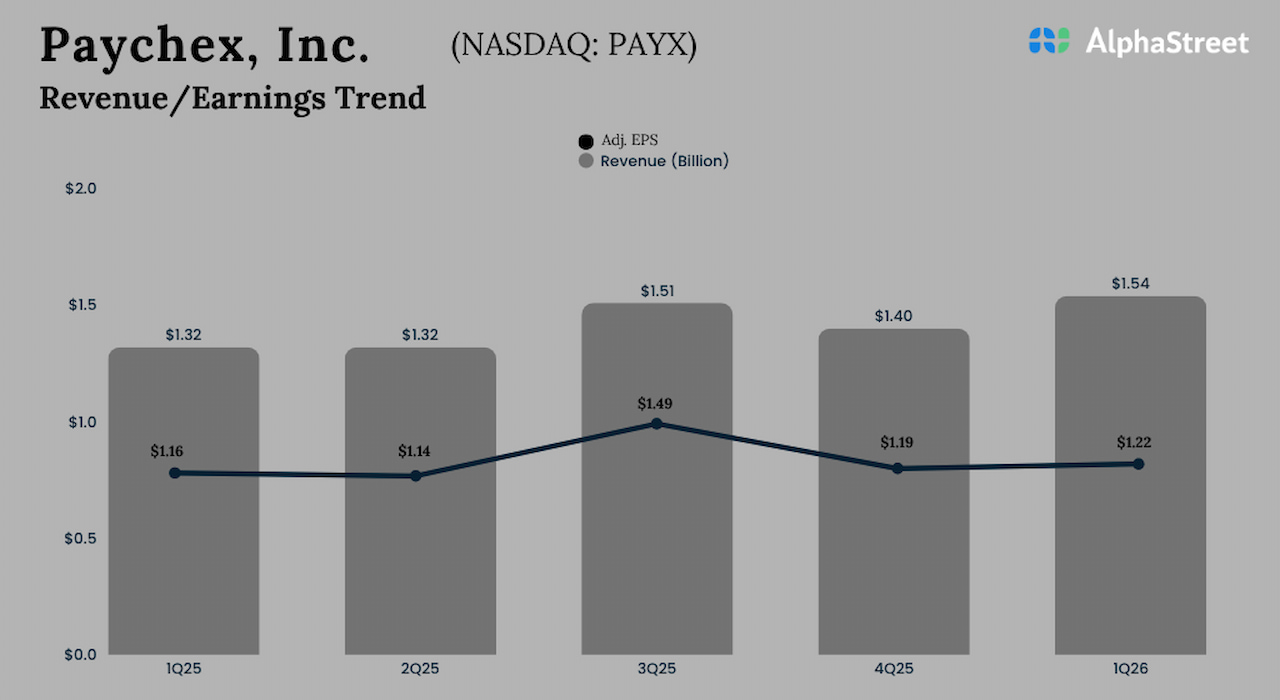Not long ago, streaming promised cheaper, ad-free entertainment compared to cable. But today, prices are climbing fast—sometimes surpassing old cable bills. Monthly fees, ad tiers, and password-sharing crackdowns are squeezing subscribers’ wallets. What changed? Behind the scenes, economics, licensing, and competition are rewriting the rules of home entertainment.
1. Costly Content Licensing and Production
Streaming giants now spend billions securing exclusive rights to blockbuster shows and movies. Platforms like Netflix and Disney+ face intense bidding wars for popular franchises and original series. As competition grows, so do licensing fees—and those costs get passed to viewers. High-budget originals, once a differentiator, are now a major driver of rising subscription prices. Viewers are paying for the golden age of content.
2. Slowing Subscriber Growth
After years of explosive expansion, subscriber growth has plateaued in mature markets. With fewer new customers to offset expenses, companies must raise prices to maintain profits. According to Statista, major platforms added far fewer users in 2024 than in previous years. Investors demand steady revenue, pushing companies toward higher fees and ad-supported plans. The era of cheap growth is over—now it’s about extracting more from existing audiences.
3. Password Sharing Crackdowns
Streaming services are tightening access by targeting shared accounts across households. Netflix’s 2023 crackdown set the precedent, generating billions in new revenue. Other platforms like Disney+ and Hulu are following suit. Customers accustomed to splitting costs must now pay separately, effectively doubling household expenses. Convenience comes at a premium in the new streaming economy.
4. Bundles and Ad Tiers Hide True Costs
Many platforms now push bundles or lower-priced tiers with ads. While these seem affordable, hidden trade-offs include limited access, intrusive commercials, and lower video quality. Premium ad-free tiers often cost significantly more than legacy plans. A 2024 report by Deloitte found that most users underestimate total costs when stacking multiple subscriptions. Bundling feels cheaper—until you add it all up.
5. Inflation and Shifting Profit Models
Like every industry, streaming faces inflation in labor, technology, and infrastructure. Data storage, bandwidth, and AI-driven recommendations carry rising operational costs. At the same time, studios are prioritizing profitability over growth after years of overspending. Companies are recalibrating, shifting from “subscriber count” bragging rights to sustainable margins. Price hikes are the simplest way to get there.
How Viewers Can Fight Back
Audit all your subscriptions and cut underused services. Rotate platforms monthly to catch specific shows without overlapping payments. Consider ad-supported plans if the savings justify the inconvenience. Use digital wallets to track totals and avoid stealthy auto-renewals. In a saturated market, disciplined streaming keeps budgets intact.
Why the Streaming Wars May End in Fatigue
Consumers are reaching a breaking point with constant hikes and fractured catalogs. Some are returning to physical media or free platforms like Tubi or Pluto TV. Others are rediscovering libraries, podcasts, or live sports bundles. The next battle may be for simplicity, not content. The winners will balance choice with affordability.
Rethinking What You’re Really Paying For
Streaming started as freedom from cable—but now mirrors the same complexity. Understanding why costs rise empowers you to curate smarter choices. Cutting back isn’t missing out—it’s taking control. The best value isn’t in endless options, but intentional ones. Entertainment should feel like enjoyment, not a bill.
Would you cancel your favorite platform over another price hike—or just sigh and pay it? Share your thoughts below.
You May Also Like…
9 Everyday Bills Quietly Going Up in 2025
7 Subscriptions That Are Sneakily Draining Your Bank Account
How Hidden Fees in Everyday Bills Add Up to Thousands
10 Streaming Hacks That Actually Save You Money
Is It Time to Make Your Money Boring Again?

























